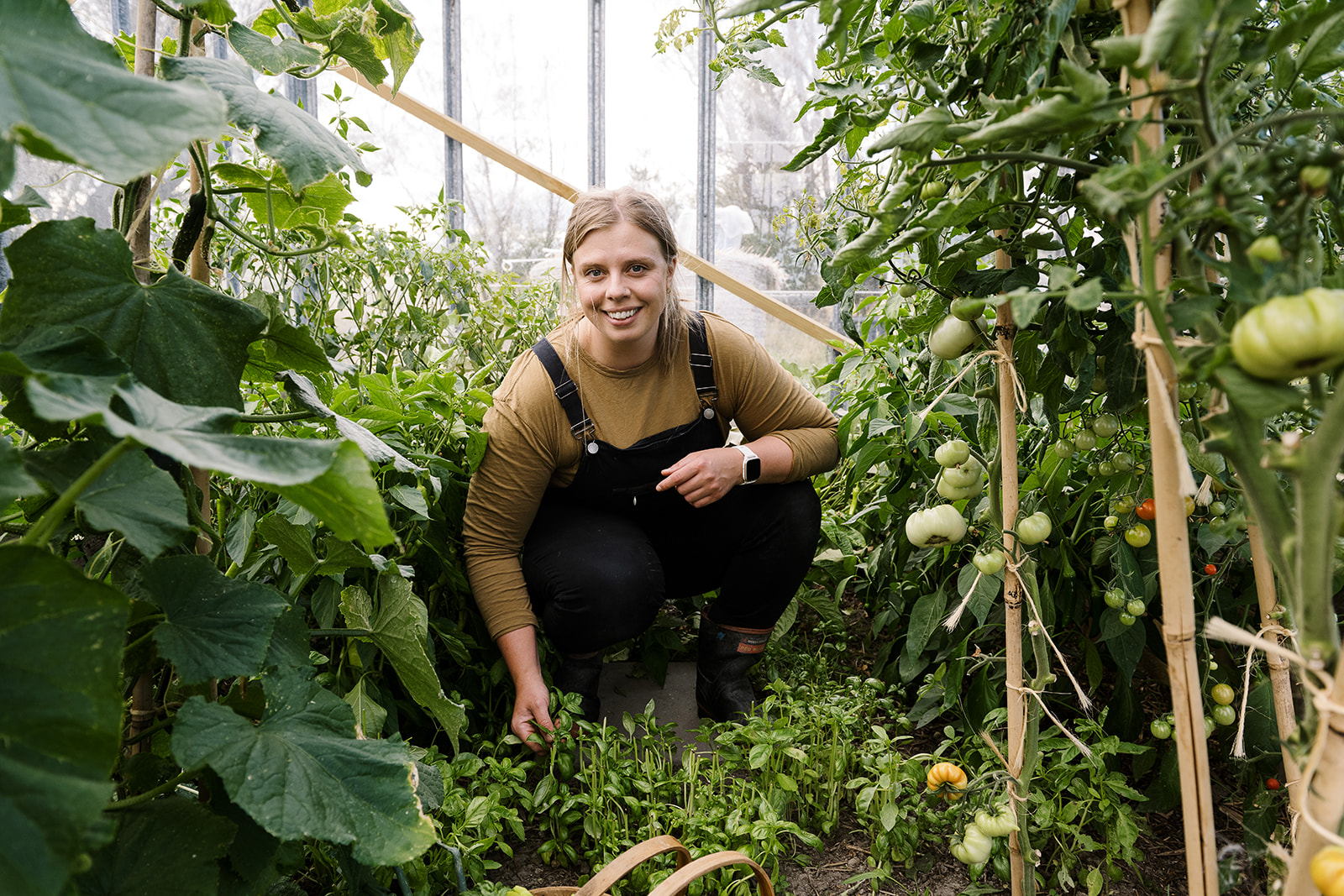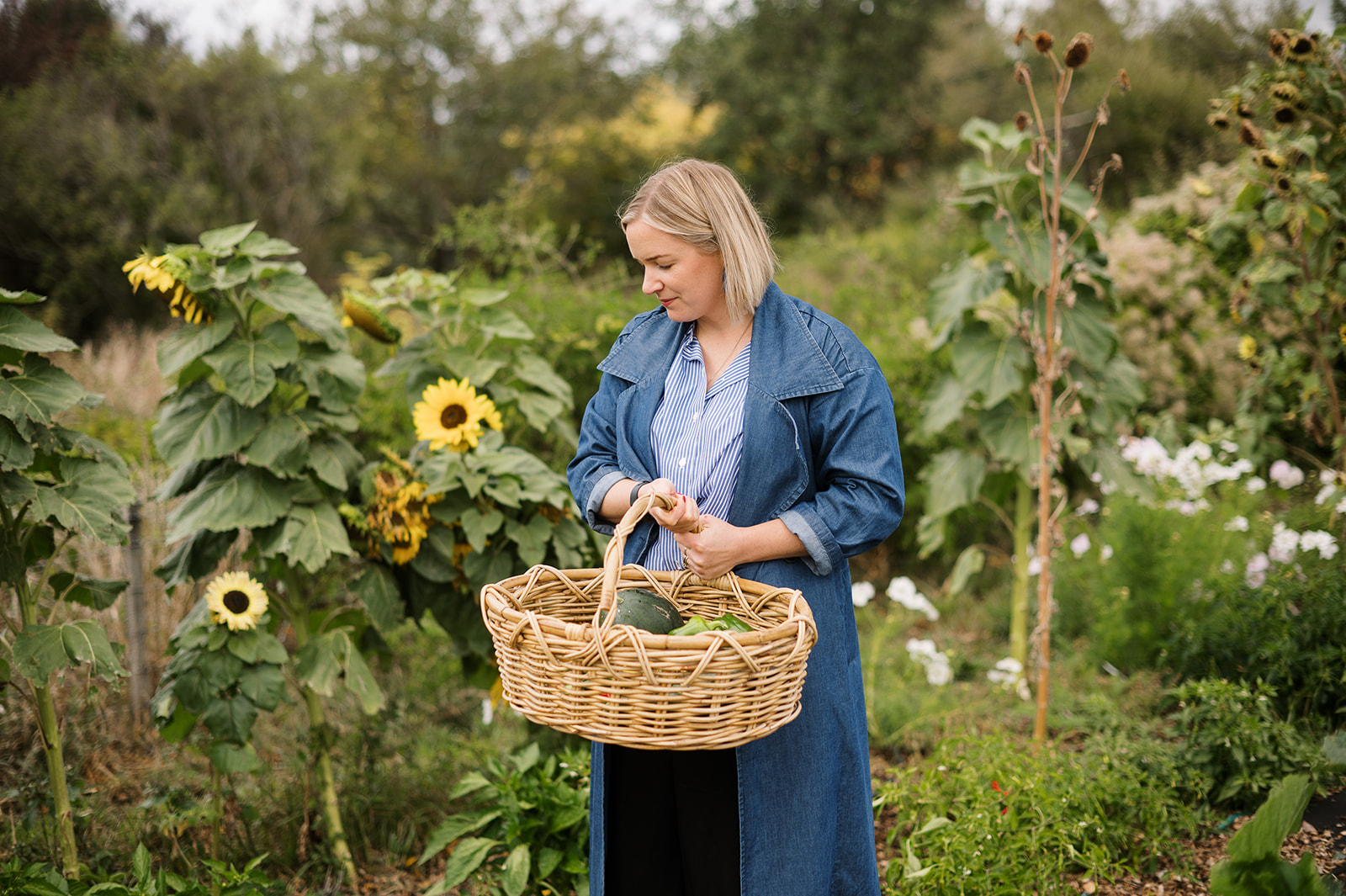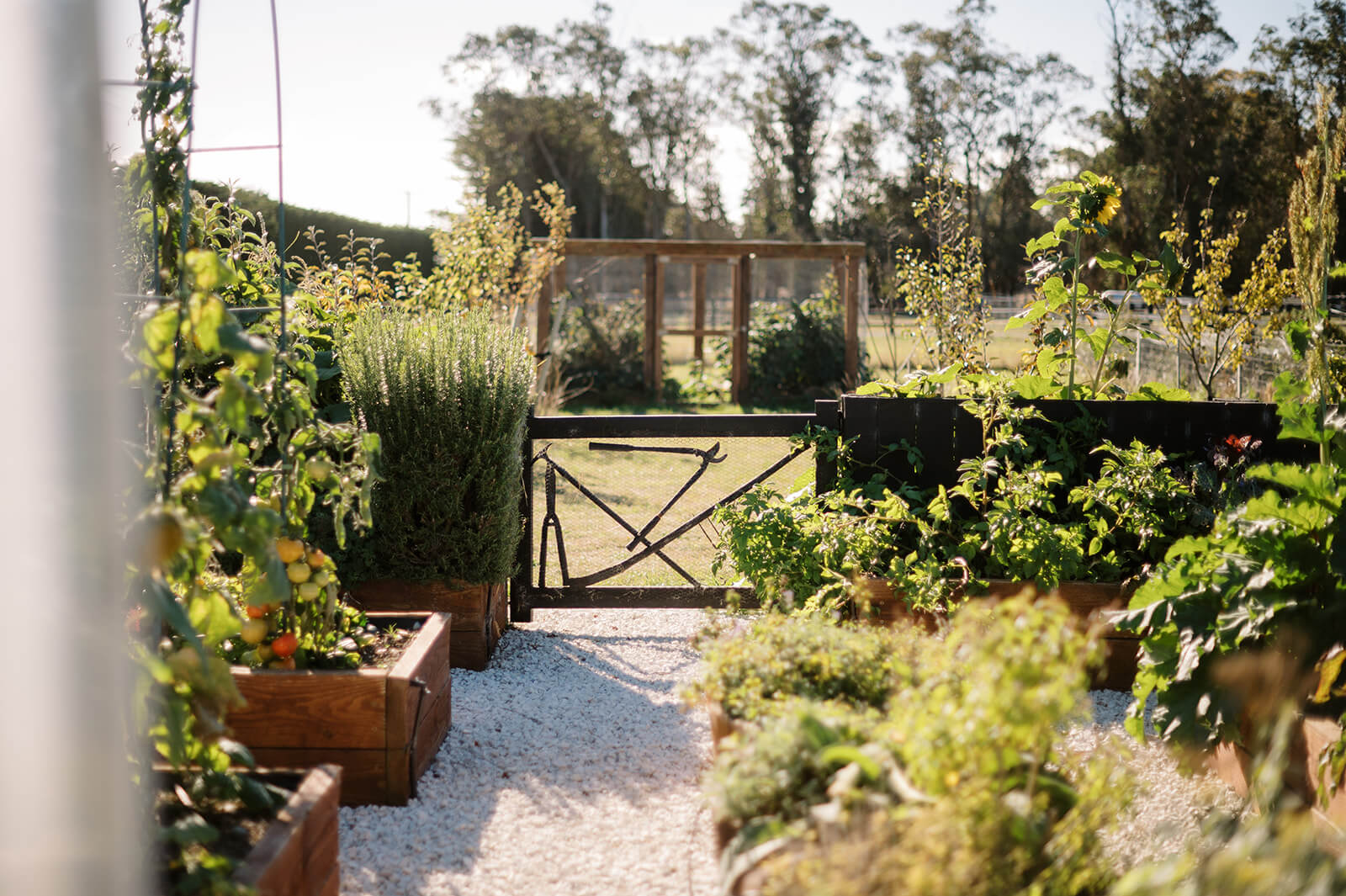The house, that Emma designed for her family, perches on the edge of the cliff down to the river.
Baxter, Rod, Stanley, Emma and Ralph Easthope
Several years later it was time to come home and start a family in New Zealand. After a short stint in Martinborough, Rod became renowned for his role as head winemaker at Hawke’s Bay’s iconic Craggy Range.
After seven vintages of mastering and refining his skills at Craggy, Rod took the next big step in his career to embark on the growing and making of Easthope Family Wines with Emma and their three boys. In 2014, they bought a 20 hectare property on a bluff overlooking the Ngaruroro River in the Mangatahi district of rural Hawke’s Bay. The site became home to their young family, as well as their unique vineyard and winery. Emma designed their modern family home herself, which is perched on the edge of a cliff face that falls away to the braided river below.
A view overlooking the Ngaruroro River in the Mangatahi district of rural Hawke’s Bay from the house.
The couple have a two-pronged use for their land. It is a place to enjoy with their children, family and friends. It is also the foundation for the wine they make: small-batch artisanal wines. Everything is done by hand. The interweaving of their family’s land and their livelihood allows them to tell a unique story about their craft, from the soil right through to the bottle.
Though they don’t seek organic accreditation, an organic and biodynamic way of working is something that they inherently do. “It’s not something that we even think about – it just is. We live here, our kids play here, and people drink our wines from here – respecting those things implies we do no harm. Our property is a mix of native bush, livestock, and viticulture,” says Rod. It’s also a sanctuary for a vast and varied birdlife. “We have native falcons, hawks, kererū, herons, plovers, geese, varieties of ducks, moreporks, pheasants and quail.”
Further to their traditional rows of vines in the vineyard, the Easthopes are experimenting with bush vines. This method is predominantly used in the Mediterranean.
Growing this way has a much lower impact on the environment – something the pair focuses on in all they do. “It’s hard work, backbreaking, because we work on the vines, squatting and leaning over them. But planting like this allows us to wander and meander through the vines with a glass of wine in hand, unrestricted by rows of posts and wires.” Rod says.
Rod and Emma tending to planting where everything is done by hand. (And Ralph on his bike.)
“We live here, our kids play here, and people drink our wines from here…”
The whole family takes a walk down to the braided Ngaruroro river.
The family places importance on doing what’s right for the soil. “We tread lightly on our land, where viticulture is only a small part of the overall ecology.” The vineyard has oats sown between rows, which they ‘disc’ into the soil to bring organic matter, worm life and fungi. Before their vines begin to sprout, they bring sheep in to eat the grass in the vineyard and to deposit their sheep ‘pellets’ around the vines as a natural mulch and fertiliser. They also use a technique called ‘undervine’ weeding, using a machine that provides shallow slices underneath the soil, preserving worm life and other organic matter.
Embracing the respect for biodiversity of the land, you’ll find random self-seeded kānuka among the vines. “We don’t have the heart to pull them out. They have more of a right to be here than we do,” says Rod. This illustrates the Easthope’s legacy, which is founded on respect. Respect for the land, the process and the importance of family.
The three boys, Stanley (14), Baxter (12) and Ralph (7) have a backyard bigger than most. Nestled on the hillside on the way down to the river is what the boys call ‘Kid’s Paradise’ – a children-only sanctuary where the kids have hung up hammocks and rope swings. You hear nothing but the river running, birds chirping, geese and paradise ducks flying overhead. The eldest Easthope, Stanley, often heads down with friends to light a campfire for cooking up bacon or roasting marshmallows by the riverside.
The boys blat up and down the vineyards on their motorbikes.
In between time in Kid’s Paradise and performing flips and tricks on their trampoline, the two oldest boys blat up and down the rows of vines on their motorbikes, while the youngest, Ralph, meanders on his bicycle down the track and through the bush vines.
Harvest time on the vineyard is when the kids really get involved. They take part in everything, from picking through to processing the fruit by grape-stomping. “The important thing for us is that they see the whole cycle from working the dirt to giving the wine to our customers, and they make the connection between our land and work with the lifestyle we enjoy.”
Focusing on more unique wines, Rod and Emma are growing grapes that they fell in love with when working in winemaking overseas. Gamay noir and chenin blanc are two of their most notable. There are only five hectares of gamay planted in the whole of New Zealand compared with 5,000 hectares of pinot noir. Fitting in with the Easthope’s philosophy, gamay is a wine that lends itself to low intervention winemaking.
“We tread lightly on our land, where viticulture is only a small part of the overall ecology.”
“We seek to expose a sensory thread from vineyard to bottle.”
Every step, from soil to spoil, is important to the Easthopes. “We want vested hands touching every aspect of our process. It’s vital for this significance to come through the wine. We seek to expose a sensory thread from vineyard to bottle.”
Many are returning to focusing on handmade and craftsmanship. An ecological imperative, intensified by the need to support our local economy in the face of the Covid-19 pandemic. The Easthopes and their wines embody this mandate. Quality over quantity, artisanal over industrial.
Rod and Emma Easthope are truly in the business of intertwining family and the terroir. They tread respectfully on their land, working against monoculture and towards finding the right balance in all they do. “This is our passion. It’s a lifestyle for our family,” says Rod.
Rod pours a tasting of their prized gamay noir.




















